My commitment to the magic of film has not dwindled a bit. On the contrary, it is probably stronger than ever, especially now that I develop all my black and white films myself and I can witness the magic every time I open my daylight developing tank and pictures are revealed as I slowly unroll the film from the reel. In fact, I can hardly remember a single time that I photographed with a digital camera this last year. And not because I am one of those film nuts that see digital as evil: I do think that both are different tools and that each has its place, its strengths and weaknesses. I just happen to not have found neither chance nor the appropriate conditions to photograph with a digital camera.
In this fourth year I added many new old cameras to my stall. Most of them have a special meaning, they have certain historic or sentimental significance for me. In fact I am quite picky with my camera choice, there just happen to be too many interesting cameras out there to be discovered! :)
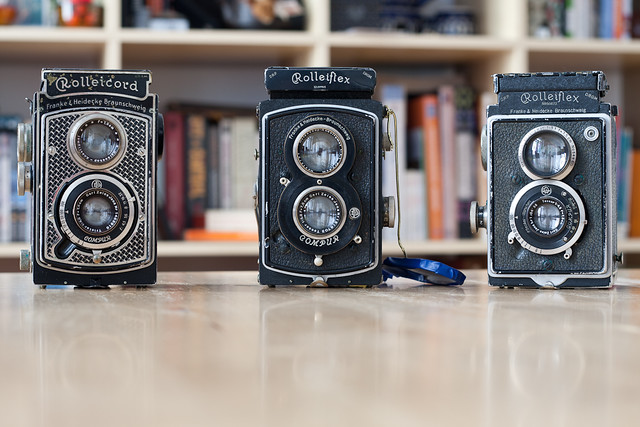
I got three TLRs made by Franke&Heidecke before WWII: the Rolleiflex Original 611 (1929), which is the grandmother and the cast of every single TLR that was to be produced in the following 60 years; the Rolleicord I Art Deco (1934), with its unusual and beautiful nickel cover, that brings one back to Midtown Manhattan in the late twenties; and the Rolleicord V (1954-1957), which combines convenience of use and remarkable contrast and sharpness from its Schneider Xenar lens.
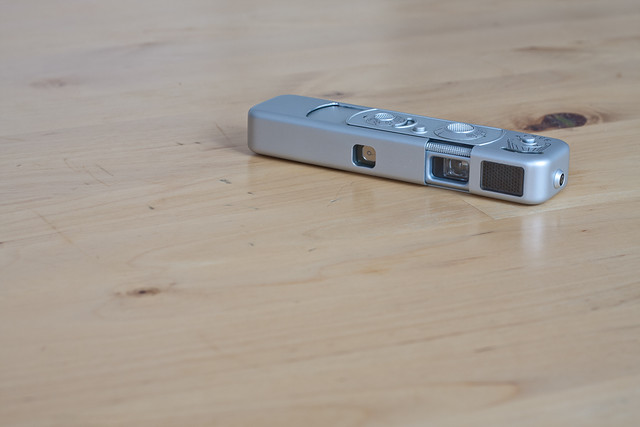
There has been another bunch of new old cameras that I got out of pure curiosity: the Zeiss Ikon Contaflex (1953-1959), having both the convenience of an SLR and the quirkiness and feel of much older cameras; the subminiature Minox B (1968) with its 8x11 Minox film format that I did not really manage to master yet (but I keep trying!); the Ihagee Parvola 4x6.5 (1933) that is so enjoyable to use on 127 days and is so radically different in design from every other contemporary camera; the Voigtländer Brillant V6 (1937) that I got for next to nothing and which I managed to bring back to working order almost from the trash can and whose pictures, like everything Voigtländer, never ever deceive; and the Voigtländer Inos I (1933?), probably the most battered camera that I own, but worth every pain just for that magical Heliar lens.
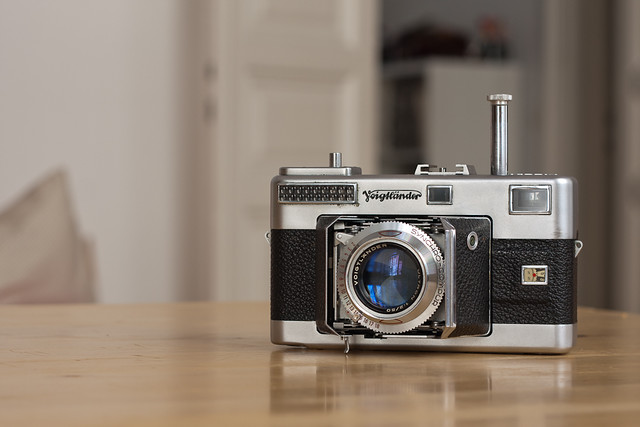
The camera family that has been definitely this year's highlight has been the 35mm rangefinders. It all started with a fascination for the history of the Zeiss Ikon Contax camera: the Kiev 4 (1962), which is a Contax in Soviet disguise has been, in fact, the camera that I used the most in this fourth year. Then came the Voigtländer Vitessa L (1956), for me one of the most elegant cameras ever made and one I am very happy to have not only because of its Ultron lens. A little later, thanks to patience and a bunch of good luck, I got a Zeiss Ikon Contax IIa (1952) well under its true value, without a doubt the camera that I enjoy the most. Then a Kodak Retina II (1949) because of the warm and wonderful Schneider Xenon lens and out of curiosity about the grandmother of our Retinette IA, the one with which everything began. The last addition this year, as it couldn't be otherwise, has been a wonderful Zeiss Ikon Contax II (1936-1937), which is still not working but which I hope I manage to bring back to life soon.
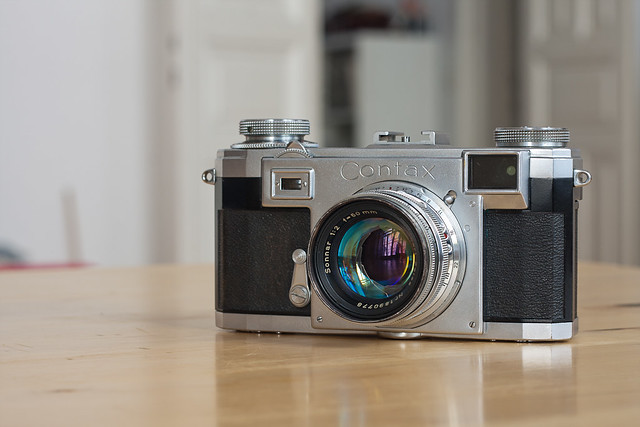
Several of my new old cameras have interchangeable optics. That, of course, opens the door to crave for lenses. In Contaflex mount I managed to find the Pro-Tessar interchangeable front lens elements to extend the standard 50mm Tessar to 35mm, 85mm and 115mm. In Contax/Kiev mount I quickly fell in love with Ludwig Bertele's Zeiss Sonnar formula: first through the Jupiter-8M 50mm f/2.0 (1962) on my Kiev 4, then through the postwar Carl Zeiss Sonnar 50mm f/2.0 (1953-1959) that is the West German recalculation of the original prewar formula. A Jupiter-9 85mm f/2.0 (1963) came along to explore the short telephoto range (which I am still learning to deal with), and a Jupiter-12 35mm f/2.8 (1959), a fine Soviet version of the legendary Zeiss Biogon, covers the wide angle. The latest lens addition, and in fact the lens that I see as my analogversary self-present, is a prewar Carl Zeiss Jena Sonnar 50mm f/1.5 (1937), an ultrafast lens that was the envy of every prewar Leica photographer, and that I plan to make the standard lens for my Contax II, if I manage to make it work. In the meantime I enjoy it on my Contax IIa.
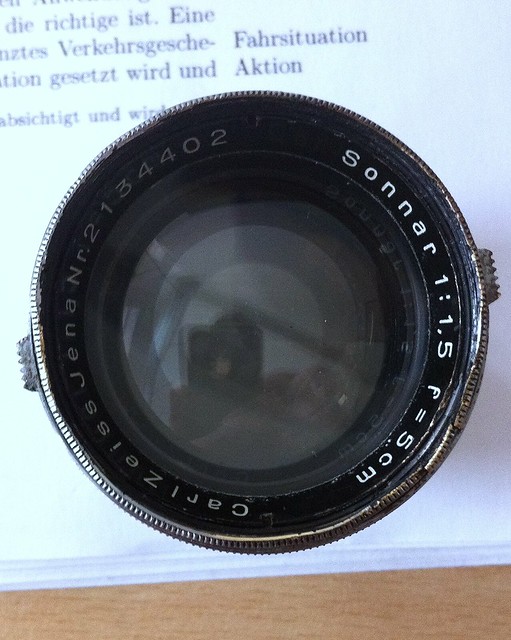
(to be continued...)
No comments:
Post a Comment